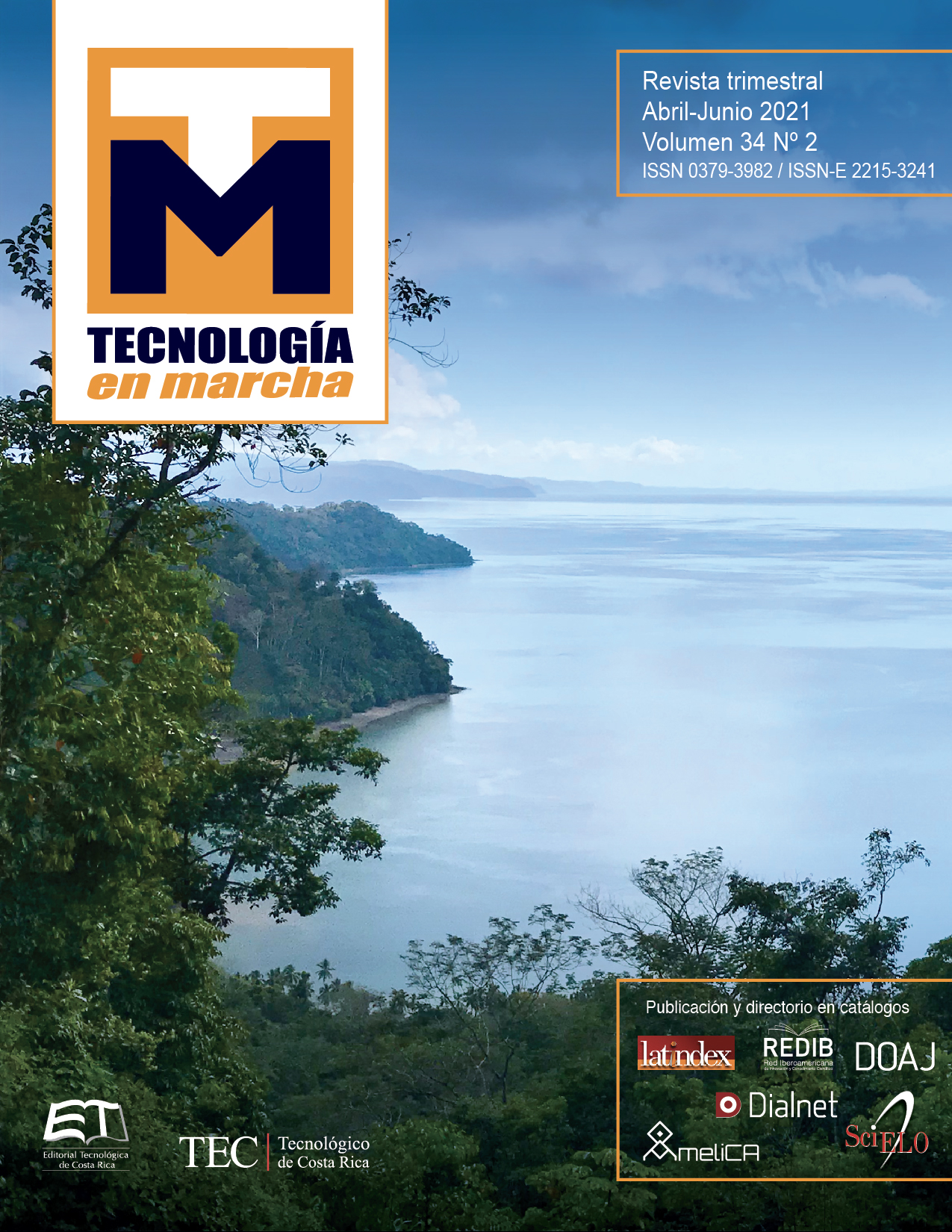Evaluation of chemical risks by inhalation of substances used in a graphic industry
Main Article Content
Abstract
In the production process of a graphic industry, inputs and raw materials used for printing documents. An input are chemical products that could generate a chemical risk, if not properly controlled through protocols for use, storage and disposal of waste. Some chemical substances used: inks, solvents, thinners, glues, protective rubbers, plate developers, among others. Chemical inhalation risk (RQI) generated in the workplace using substances with amounts of volatile organic compounds (VOCs), which could adversely affect the health of workers. A chemical risk assessment involves evaluating factors such as: the amount of a chemical, the exposure of a person with the contaminant in the environment and the toxicity of the chemical; its purpose is to identify and evaluate chemical substances and generate measures to reduce the impact on health. In the present research project an identification, valorization and prioritization of the level of chemical risk by inhalation (NRQI) generated in a lithographic offset industry in Costa Rica carried out. The identification of risks and dangers carried out using tools such as: literature review, checklist, interviews and field inspections. The valuation and prioritization of the RQI carried out using the French methodology of the National Institute for Security Research (INRS). Of the 15 chemical products used by the industry, it obtained that 53.3 % have a very high RQI. The products with the highest NRQI value were the thinner and the roller cleaner, which used for cleaning machines, with a frequency of continuous use in quantities between 0,7 L/month and 20,0 L/month. On the contrary, five products with low NRQI values identified, such as: ink in cartridge, coolant, cleaner 4, isopropanol and plate gum.
Article Details

This work is licensed under a Creative Commons Attribution-NonCommercial-NoDerivatives 4.0 International License.
Los autores conservan los derechos de autor y ceden a la revista el derecho de la primera publicación y pueda editarlo, reproducirlo, distribuirlo, exhibirlo y comunicarlo en el país y en el extranjero mediante medios impresos y electrónicos. Asimismo, asumen el compromiso sobre cualquier litigio o reclamación relacionada con derechos de propiedad intelectual, exonerando de responsabilidad a la Editorial Tecnológica de Costa Rica. Además, se establece que los autores pueden realizar otros acuerdos contractuales independientes y adicionales para la distribución no exclusiva de la versión del artículo publicado en esta revista (p. ej., incluirlo en un repositorio institucional o publicarlo en un libro) siempre que indiquen claramente que el trabajo se publicó por primera vez en esta revista.
References
[2] Occupational Safety and Health Branch Labour Department. (2004). Chemical Safety in the Workplace: Guidance Notes on Chemical Safety in Printing Industry. Disponible: https://www.labour.gov.hk/eng/public/os/C/GN_Printing.pdf
[3] Knezović, Z., Trgo, M., Sutlović, D. (2016). Monitoring mercury environment pollution through bioaccumulation in meconium, Process Saf. Environ, 101, 2-8. DOI: 10.1016/j.psep.2016.01.013
[4] Prica, M. Kecie, V. Adamovié, S. Radonié, J. Turk, M. “Occupational Exposure to Hazardous Substances in Printing Industry,” Proceedings of 8th International Engineering Symposium, Bánki [online], 1-95, 2016.
[5] Ministerio de Trabajo y Asuntos Sociales. Ministerio de Medio Ambiente. (2011). Manual de Buenas Prácticas Ambientales en la Familia Profesional: Industrias Gráficas; España. Disponible: https://www.miteco.gob.es/es/calidad-y-evaluacion-ambiental/temas/red-de-autoridades-ambientales-raa-/indgrafica_tcm30-166749.pdf
[6] Organización Mundial de la Salud. Programa Internacional sobre Seguridad de las Sustancias Químicas (IPCS). (2010). Herramienta de Evaluación de Riesgos para la Salud Humana de la OMS: Peligros Químicos. Disponible: https://www.who.int/ipcs/publications/ra_toolkit/es/
[7] Marín, D. Montes de Oca, O. González, J. (2017). Evaluación de riesgos químicos en un laboratorio de Química Analítica por el método COSSH Essentials [online], Ciencia en su PC, 91-106. Disponible: https://www.redalyc.org/pdf/1813/181353026008.pdf
[8] Aguilar, J. Bernaola, M. Gálvez, V. (2017). Riesgo Químico: Sistemática para la Evaluación Higiénica. Instituto de Seguridad e Higiene en el Trabajo de España. Disponible: https://www.insst.es/documents/94886/96076/Riesgo+qu%C3%ADmico+Sistem%C3%A1tica+para+la+evaluaci%C3%B3n+higi%C3%A9nica.pdf/55fdf7ce-7f1b-43b4-97d2-3b36b4574c9e
[9] Guardino, X. (2015). Regulación UE sobre productos químicos (II). Reglamento CLP: aspectos básicos. Disponible: https://www.insst.es/
[10] García, C., Leone, I. D., & Williams, E. (2014). Buenas Prácticas Ambientales en Industrias Gráficas y Afines [online]; Union Gráfica Argentina Regional, Rosario, Argentina, 11-31. Disponible pdf: https://www.rosario.gob.ar/web/sites/default/files/manual_graficos
[11] Avalo, R. (2014). Estrategia de Manejo Ambiental para una Industria Gráfica. Tesis para optar por el título de Ingeniero Ambiental. Universidad Nacional Agraria, Perú. Disponible pdf: https://www.academia.edu/36558486/Estrategia_de_Manejo_Ambiental_para_una_Industria_Gr%C3%A1fica
[12] Instituto Nacional de Seguridad e Higiene en el Trabajo (INSST). 2007. Documentación Toxicológica para el Establecimiento del Límite de Exposición Profesional del Tolueno.

